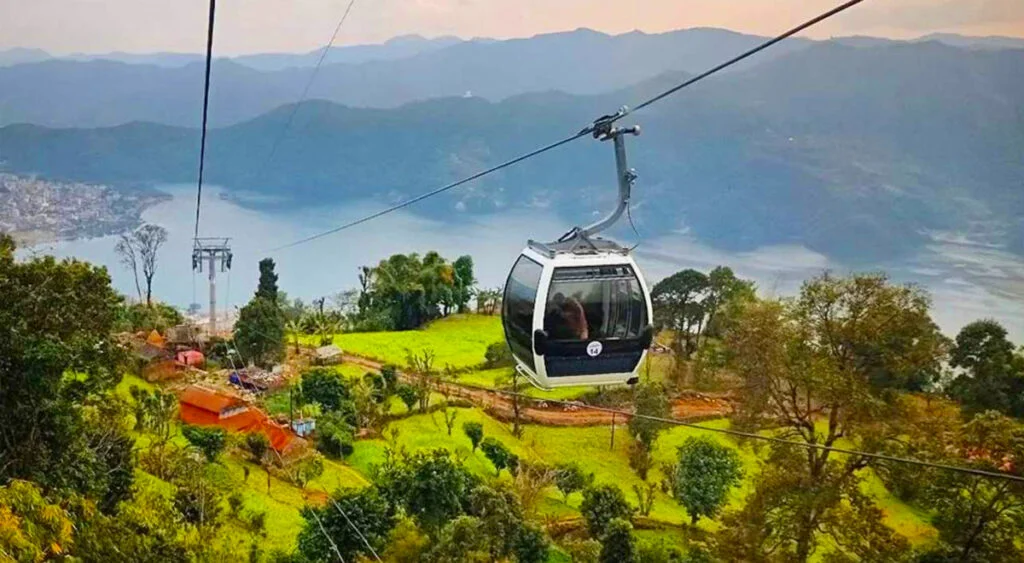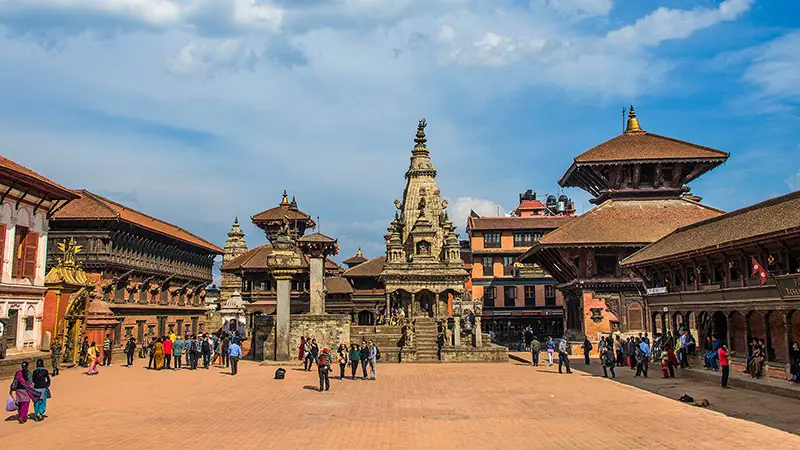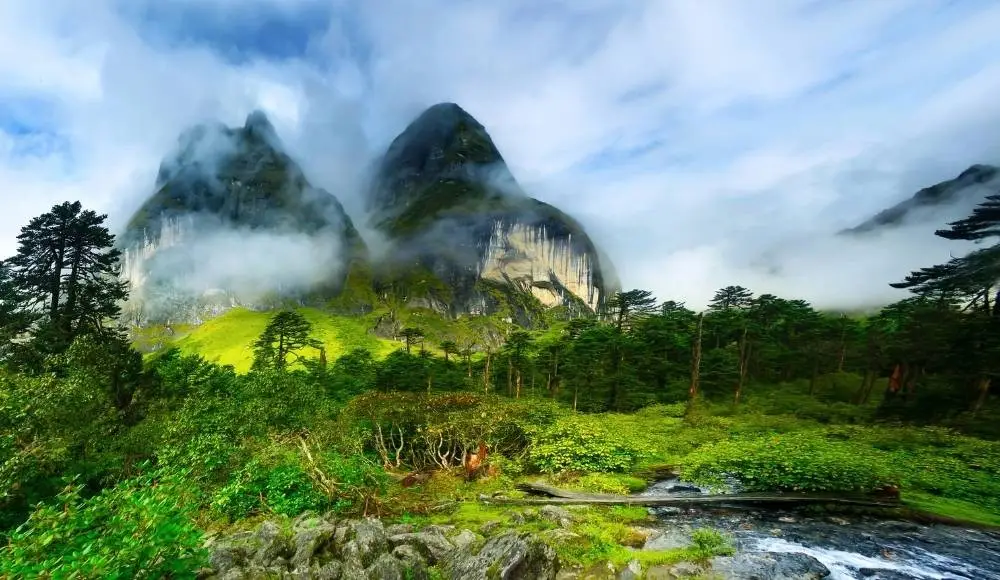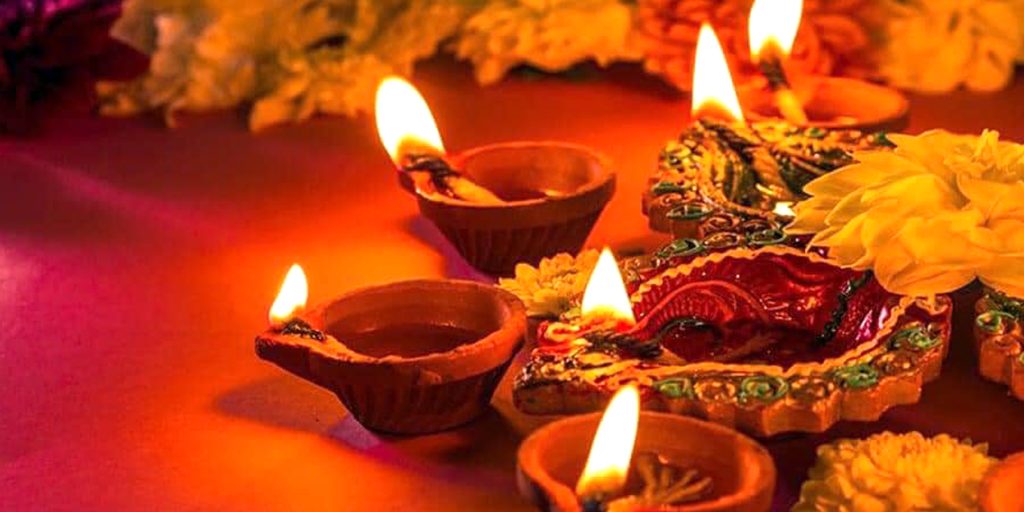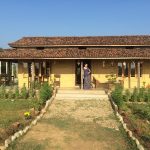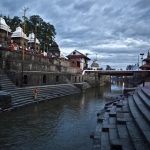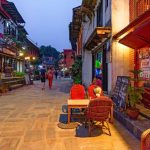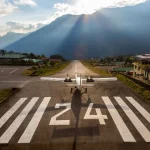Now Reading: Experiencing the magic of mountain basecamps in Nepal
-
01
Experiencing the magic of mountain basecamps in Nepal
Experiencing the magic of mountain basecamps in Nepal
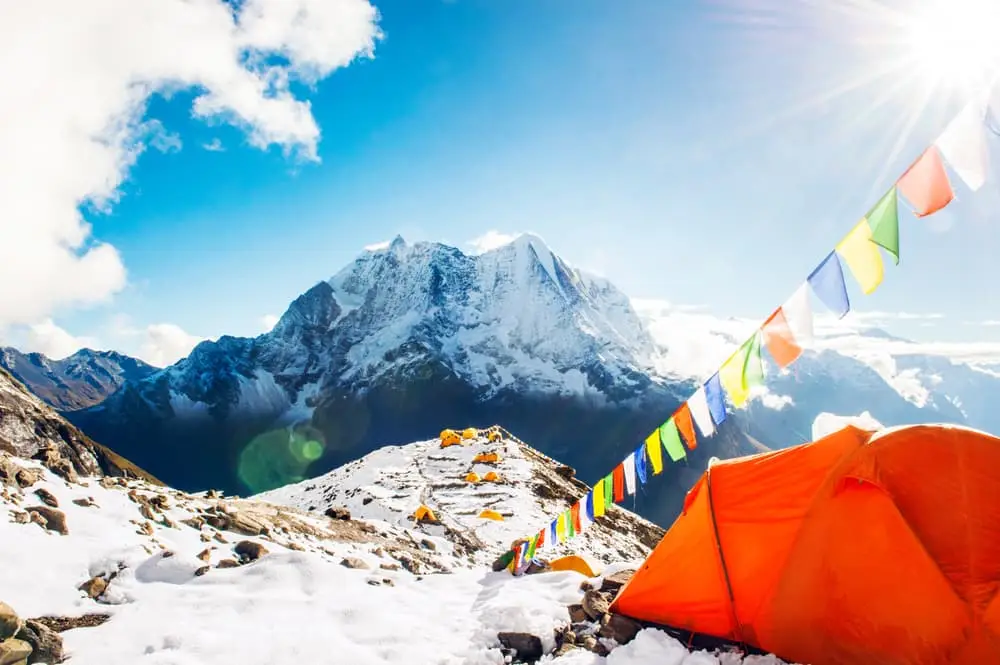
Experiencing the magic of mountain base camps in Nepal is a bucket list adventure for many travellers. It’s a unique chance to see some of the world’s highest peaks up close and personal. In this blog, we’ll guide you through what a basecamp trek involves, discuss typical itineraries, explain the difficulty levels, outline costs, and suggest the best times to make your journey.
What to Expect from a Basecamp Experience
Basecamp treks in Nepal typically involve walking through stunning landscapes, quaint villages, and beautiful forests, gradually ascending towards the foot of mighty mountains. The most famous base camps in Nepal are Everest Base Camp, Annapurna Base Camp, and Langtang Base Camp. Each offers a unique perspective of the Himalayas and its diverse culture.
Popular Basecamp Trekking Itineraries
- Everest Base Camp Trek: The Everest Base Camp trek usually takes about 12 to 14 days. Your adventure starts with a thrilling flight from Kathmandu to Lukla, a small mountain airstrip. From Lukla, you hike through picturesque villages like Namche Bazaar, Tengboche, and Dingboche before reaching the iconic base camp. Highlights include panoramic views from Kala Patthar and visiting the famous Tengboche Monastery.
- Annapurna Base Camp Trek: This trek is shorter, typically 7 to 10 days, beginning from Pokhara. You’ll trek through lush rhododendron forests, terraced rice fields, and welcoming villages. The final destination offers breathtaking 360-degree views of peaks like Annapurna I, Machapuchare (Fishtail Mountain), and Hiunchuli.
- Langtang Base Camp Trek: The Langtang trek is an ideal option if you’re short on time, usually lasting 7 to 9 days. Starting from Syabrubesi, it takes you through beautiful forests and cultural settlements, eventually reaching Kyanjin Gompa. From here, you can climb nearby peaks for spectacular mountain views.
Difficulty Level
The difficulty of these treks varies, but you don’t have to be an expert mountaineer to reach base camp. Here’s a simple breakdown:
- Everest Base Camp: Moderate to difficult, mostly due to altitude. The highest point is around 5,545 meters (Kala Patthar). Good physical fitness and preparation are recommended.
- Annapurna Base Camp: Moderate. The maximum altitude is around 4,130 meters. It’s suitable for anyone with average fitness and some trekking experience.
- Langtang Base Camp: Easy to moderate. The highest altitude is approximately 4,773 meters. This trek is a great choice for beginners and families.
Regardless of the trek, preparing physically by regular walking, jogging, or aerobic exercises will significantly enhance your experience.
Costs Associated with Basecamp Treks
The cost of your trek depends on several factors such as trek duration, accommodation preferences, and whether you hire a guide or porter.
- Everest Base Camp Trek: On average, expect to spend around $1,200 to $1,500. This includes guides, permits, accommodation, meals, and flights to and from Lukla.
- Annapurna Base Camp Trek: This trek is more affordable, typically costing between $500 and $800. Costs are lower because there are no flights involved.
- Langtang Base Camp Trek: Usually costs around $400 to $700, making it the most budget-friendly option among popular base camp treks.
These costs can vary significantly depending on your level of comfort, whether you choose to trek independently or with organised tours, and if you opt for private accommodation instead of teahouses.
Best Time to Travel
Nepal has two main trekking seasons:
- Spring (March to May): This is one of the best times to trek. The weather is warm, the skies are clear, and the trails are vibrant with blooming flowers. Visibility is excellent for stunning mountain views.
- Autumn (September to November): This season offers clear skies and moderate temperatures. Trails are bustling with fellow trekkers, providing a lively atmosphere.
Avoid the monsoon (June to August) due to heavy rainfall and winter (December to February) for Everest Base Camp, as it becomes extremely cold, though lower-altitude treks like Annapurna and Langtang can still be enjoyable with the right preparations.
Practical Tips for Your Trek
- Acclimatisation: Allow your body time to adjust to higher altitudes to avoid altitude sickness. Schedule rest days and ascend slowly.
- Hiring Guides and Porters: Hiring local guides and porters enhances your trekking experience. Guides help with navigation and cultural insights, while porters carry your heavy bags, making your trek more comfortable.
- Packing Essentials: Pack light but carry essentials such as warm layers, a good sleeping bag, hiking boots, sunscreen, and a reusable water bottle.
- Permits: Remember to secure trekking permits beforehand. TIMS (Trekkers Information Management System) and specific park entry permits are usually required.
Final Thoughts
Trekking to a mountain basecamp in Nepal is a life-changing experience. Whether you choose Everest, Annapurna, or Langtang, the journey is just as rewarding as the destination. With proper preparation, an understanding of the costs and itinerary, and choosing the right season, your trek will undoubtedly become an unforgettable adventure. The mountains of Nepal await you with open arms and incredible stories to tell.


